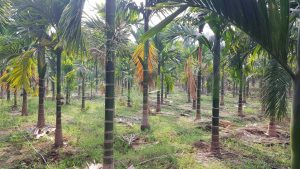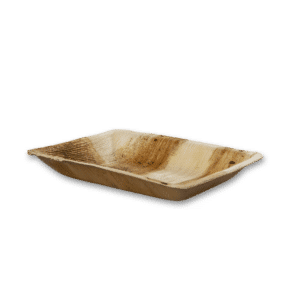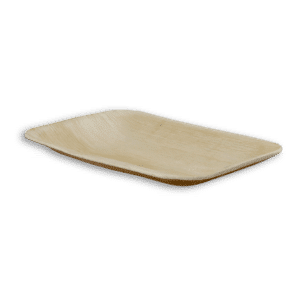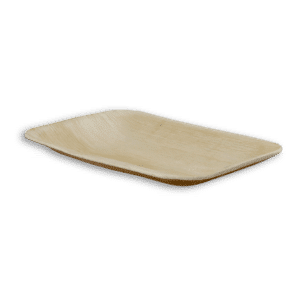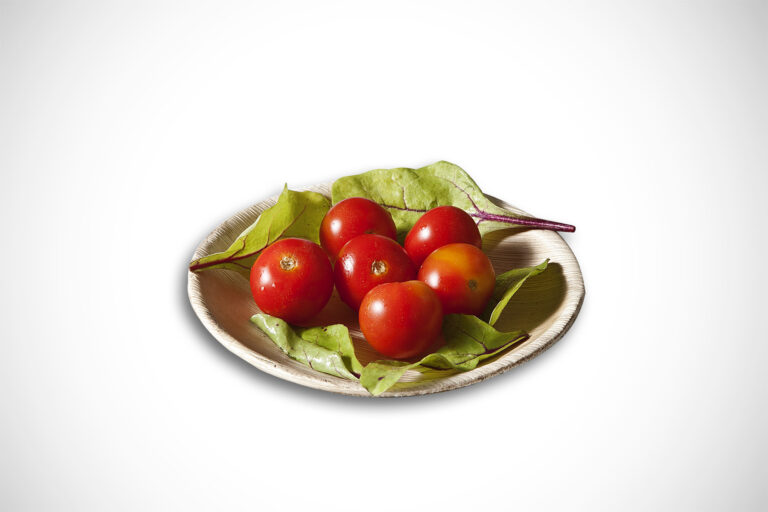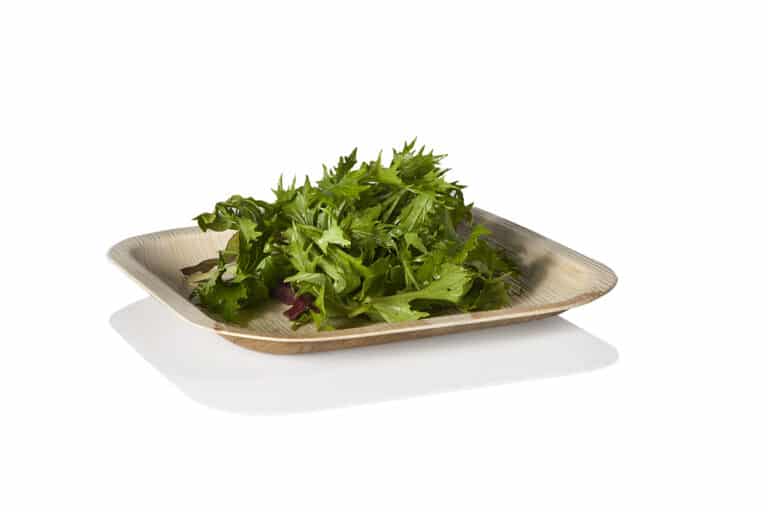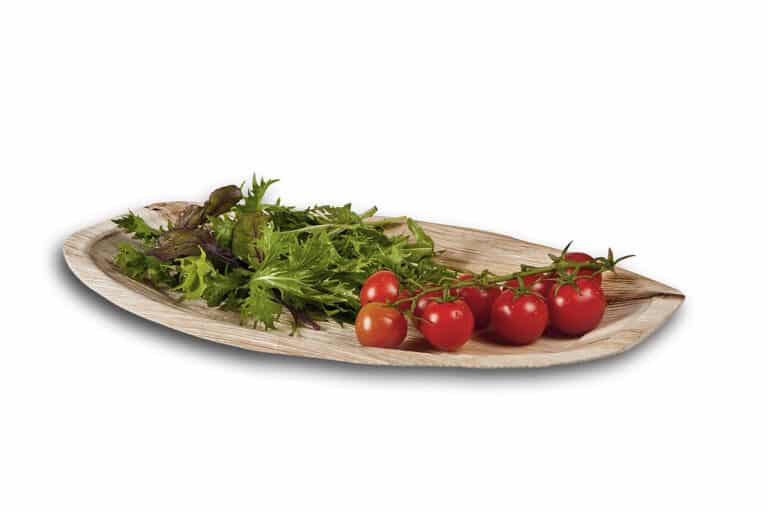What is compost?
Compost is a mixture of ingredients used to fertilize and improve the soil. Compost improves soil fertility in gardens, landscaping, horticulture, urban agriculture and organic farming. Composting Areca leaf plates:
The benefits of compost include providing nutrients to crops as a fertilizer acting as a soil conditioner and introducing beneficial colonies of microbes that help to suppress pathogens in the soil. More than this, compost reduces expenses on commercial chemical fertilizers.
In short, composting is the method of decomposing organic products.
Saying this, you understand correctly that composting Areca leaf plates are ideal for composting as they are 100% natural and just made from Areca leaves. No glue, bonding agents or chemicals. So basically no waste is left behind after we finish eating.
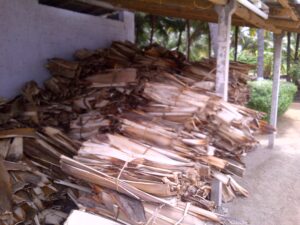
All composting requires three basic ingredients:
- Materials such as dead leaves, branches and twigs – these are classified as “Browns”.
- Materials such as grass clipping, vegetable waste, food scraps and coffee grounds – these are classified as “Greens”.
- Water – having the right amount of water, greens and browns is important for compost development,
What to put in your compost pile?
Your compost pile should have an equal amount of browns to greens. You should also alternate layers of organic materials of different-sized particles. The brown materials provide carbon for your compost. The green materials provide nitrogen, and the water provides moisture to help break down the organic matter.
Easily understood that your Areca palm leaf plates are classified as “browns”. They are therefore a Carbon rich matter. After cutting your Areca palm leaf plates to small pieces, you will need to add and balance your compost with “”Greens” – a Nitrogen rich matter like rotting fruit, vegetables or fresh grass clippings and of course water. Since your Areca palm leaf plates are dry, maintaining moisture in your pile is necessary.
Composting Areca leaf plates:
Now, the time of decomposition of your Areca palm leaf sustainable plates depends on several factors.
First, it is recommended to cut the Areca palm leaf plates to as small pieces as possible. The smaller the surface area, the quicker and more evenly they will decompose. Then it is recommended to turn your compost pile and mix these small Areca pieces. This as well will help speed the process. The time of decomposition also depends of course on the temperature, moisture and other factors but in general these Areca palm leaf plates will break down within a period of just 6 to 8 weeks. Paper plates, in contrast, will break down within a year, and of course it is not at all a sustainable product, unlike the Areca palm leaf plates. Once Areca palm leaf plates are decomposed, there is absolutely nothing left behind, zero waste, as said before. The resulting compost using Areca leaves is known as “black gold” to gardeners, and can be used to nourish your garden, lawn and houseplants.
But why compost anyway? Isn’t it too much effort?
Composting has positive impacts on the environment. The benefits of composting are more than worth the effort that goes into maintaining it. Composting, as said earlier, can enrich your soil. As well as minimize food waste, reduce greenhouse gas emissions, lower your carbon footprint and help the economy.
In some cases, composting can remove up to 20-50% of your household waste that is sent to landfills every year. Food waste is particularly concerning and equates to wasted energy, land, water and labor. So saying this, when composting, you reduce your household’s carbon footprint while receiving harness nutrients for rich soil from the composting process.
Another positive aspect of composting is the reduction of greenhouse gas, especially methane. In the US for example, food waste in landfills are responsible for 14.1% of the methane emissions. Methane has a big and bad effect on climate changes.
Composting increases the amount of carbon stored in the soil, otherwise known as a “carbon sink”. With more carbon being retained in the soil, it significantly reduces greenhouse gas emissions and detrimental carbons in the atmosphere.
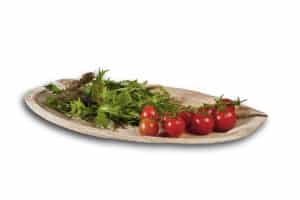
Finally, compost minimizes our use of harsh chemicals and fertilizers and even promotes higher agricultural yields. By nourishing the soil rather than the planets themselves, compost promotes healthier, more abundant and nutritious plants, fruits and vegetables.
Conclusions:
Composting is not as difficult as it may seem. It can be done anywhere, on any budget. You can reduce your household’s waste production, grow healthy plants, fruits, and vegetables, and save money along the way. Not only can it help on a small scale. It is essential to reducing greenhouse gas emissions and ameliorating the disastrous effects of climate change.
There are a few things you might not have known you could compost, one of which being Areca palm leaf plates. They are 100% biodegradable and compostable, meaning after you’ve used them, they can return their nutrients back to the earth. This is unlike other single-use tableware. By adapting more eco-friendly choices like Areca palm leaf plates and composting, you can do your part to help the earth.
Areca palm leaf plates are 100% sustainable and compostable!
